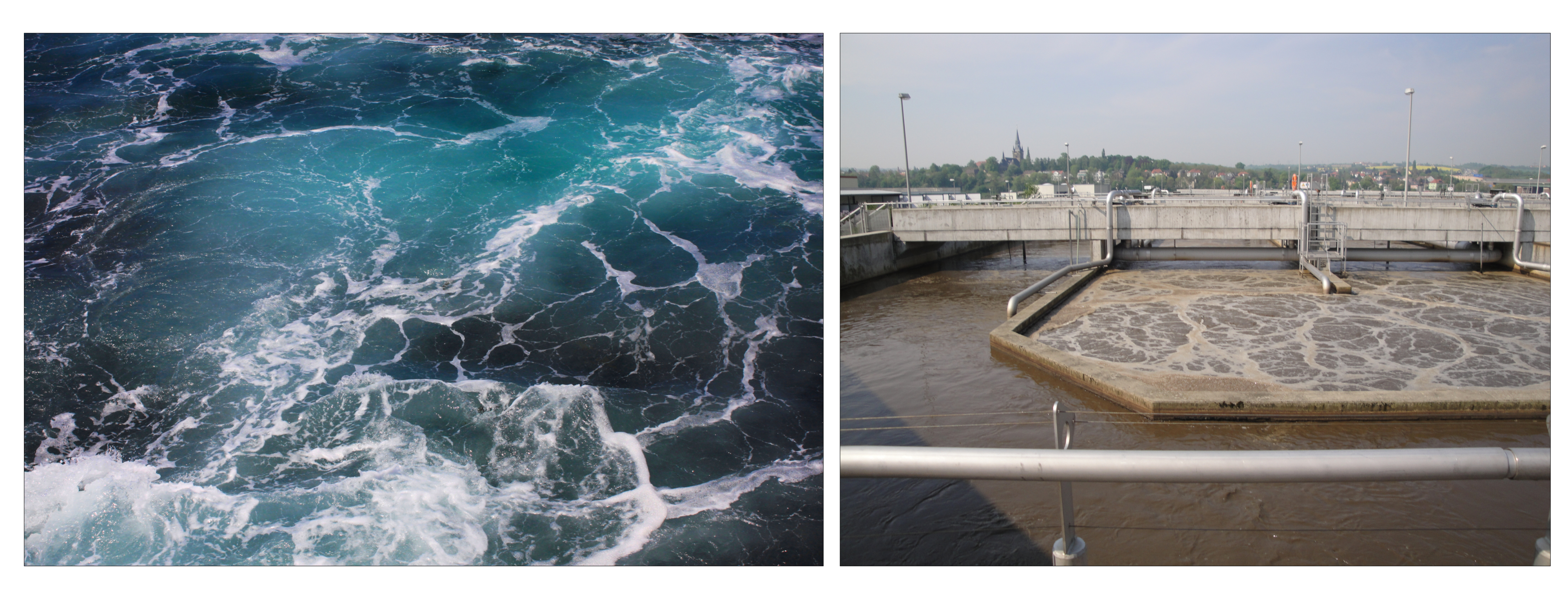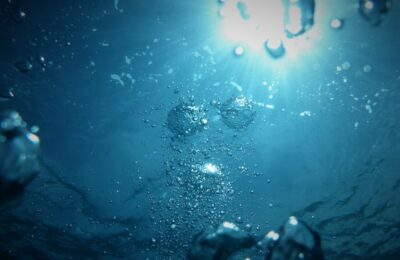The article:
Morphology, composition and aggregation mechanisms of soft bioflocs in marine snow and activated sludge: A comparative review. Berrin Tansel. 2018. https://www.sciencedirect.com/science/article/pii/S030147971730957X#fig1
January’s theme week is marine snow. Marine snow is essentially chunks of a bunch of organic molecules (i.e. carbon molecules, like the food we eat), mixed with things like microbes, dust, and sometimes even fish fecal matter. They’re commonly formed in the ocean, and eventually they ‘snow’ down to the seafloor. So why the title “Let it Sludge”? Sludge in this case is referring to activated sludge, which is formed during wastewater treatment. Essentially, sewage gets oxygen pumped through it, which promotes the growth of certain types of microorganisms. This growth causes ‘bioflocs’ to form, which are aggregates of organic matter and microorganisms. Sound familiar? Like marine snow? Eventually, these aggregates sink to the bottom of the sludge, and the now less polluted water can go on to further water treatment.
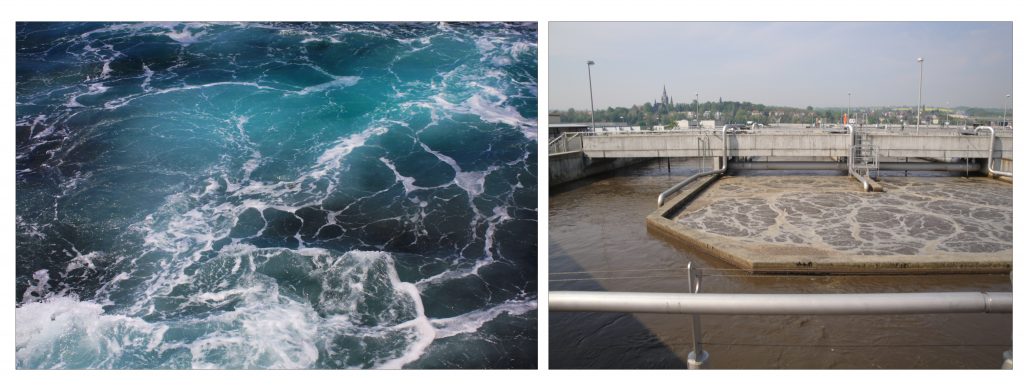
These sludge bioflocs and marine snow are quite similar to each other. Both are pieces of organic molecules stuck together and mixed with microorganisms, dirt/dust, and fecal matter (fish or otherwise). Both tend to sink, whether it’s through seawater or sewage. They tend to form in similar ways, too! We’re going to delve into how they form, what microbes get involved (and why!), and how do they grow?
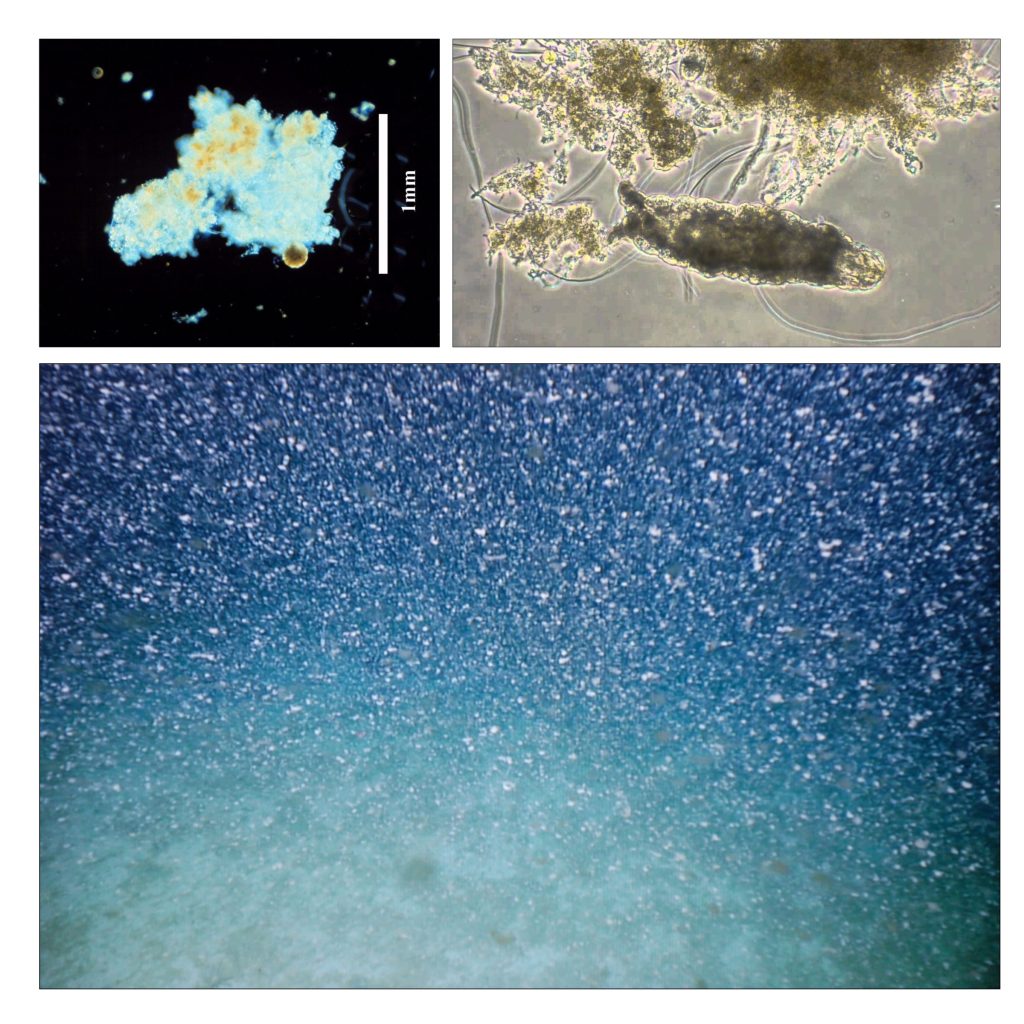
Better together
The ocean is full of organic molecules. It comes from many sources, such as photosynthetic microbes, larger organisms, dead things, or land-based sources, like plants. Marine snow begins to form when many of these organic molecules randomly collide with each other and form colloids of water and organics. These then further aggregate into larger particles of marine snow. Bioflocs in sludge are formed in a similar way. Sewage is full of organics, and similarly, these can come together to form larger particles. In both cases, certain types of microorganisms interact with these particles, and help formation.
One organism’s trash is another organism’s treasure
Some of the dead stuff in marine snow comes from microbes who have died or otherwise discarded it. This is a tantalizing food source for many other microbes, though. One of the many organisms who attach to marine snow and bioflocs are called Zoogloea. These bacteria are known to exude sticky, gel-like substances that help them stick onto the marine snow/biofloc particles. These substances are referred to as ExoPolySaccharides, or EPS. Other types of bacteria who like to feast on these organic molecule rich aggregates also produce EPS. This all comes together to help cause the aggregates to grow and stick together.

Bulking up
Now that we’ve covered a bit about how marine snow and sludge bioflocs grow and who likes to live in them, how do the particles get bigger? One way we touched on above, in which bacteria produce EPS. Bacteria growing also adds to the particle getting bigger, especially if the bacteria form spaghetti-like filaments, which tend to take up room without being very dense. Another interesting way these particles can get bigger is through gas bubble formation, with the gas bubbles getting trapped in the particle. This can happen if microbes are breathing certain chemicals (like nitrogen compounds), and then what they exhale is a gas (like nitrogen gas). This can cause problems in sludge, since the bioflocs are supposed to sink to the bottom and be removed from the dirty water. With bioflocs that aren’t very dense or have lots of gas in them, they sink slowly or sometimes even float! This can happen with marine snow, as well, but isn’t a problem.
Other ways marine snow and bioflocs grow are physical or chemical processes. Gravity drags particles down, and they can collect other matter along the way. Their chemical composition matters, too. Molecules that are hydrophobic, i.e. don’t like water, can promote other hydrophobic molecules to join the particle. A process called bridging can also occur, in which larger molecules can bind more molecules, and the molecule grows.
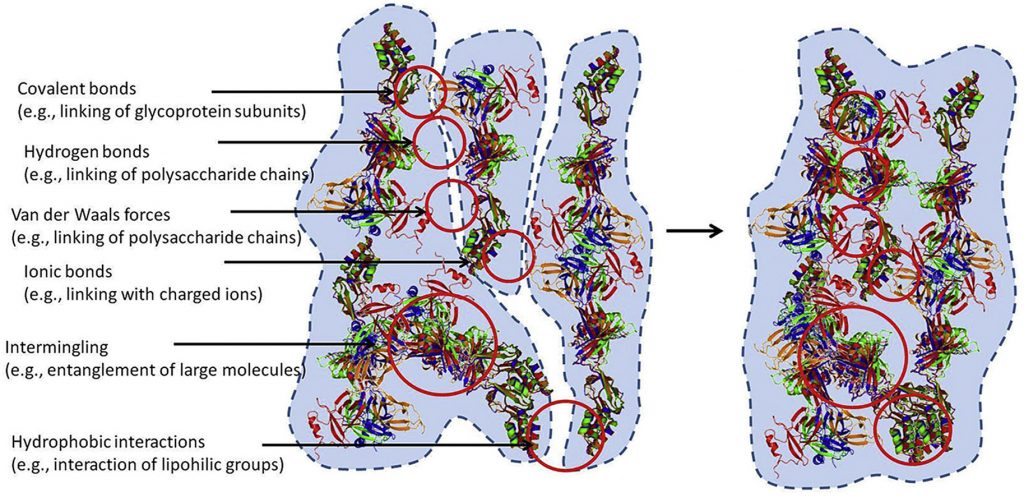
What can we learn
Wastewater sludge and the ocean are typically very different ecosystems, but what governs these particles is similar. This is hopeful for our oceans in the future, since we see that nasty things can be removed from water through natural, non-toxic processes that occur naturally. Marine snow can also remove carbon from the water and bury it in marine sediments, which can promote carbon sequestration and mitigate climate change. Perhaps by understanding these particle forming processes in many types of conditions, we can help promote healthy oceans!
I am a PhD student studying sediment geomicrobiology at the University of Southern California. My primary research interests lie deep under the sea studying how microorganisms survive in dark environments and how they interact with chemical cycles in sediment and on earth. When I surface from my studies, I enjoy backpacking, trying to mimic my ridiculous dog, and applying my laboratory techniques in the kitchen.

